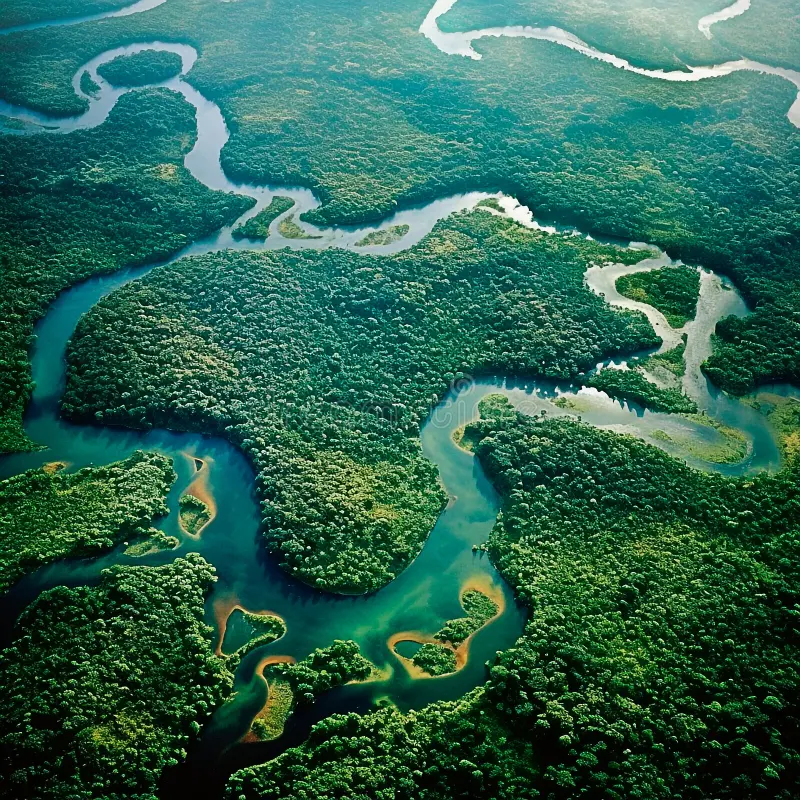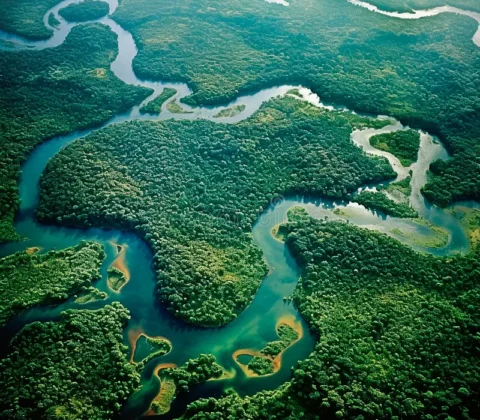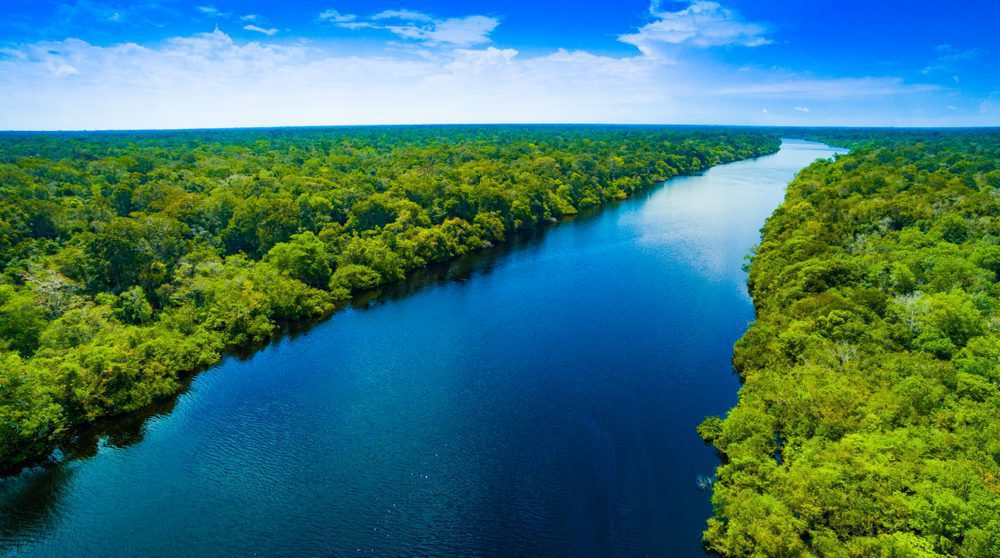

Amazon River
The Amazon River is a majestic waterway that holds a significant place in the world due to its unique geographic features, rich biodiversity, and cultural and economic importance. Flowing through the heart of the Amazon rainforest, the river is not only the lifeline for countless species but also for the indigenous communities that call its shores home. This essay will explore the various aspects that make the Amazon River a truly remarkable natural wonder.
The Amazon River, stretching over 6,400 kilometers, is the second-longest river in the world, surpassed only by the Nile River. It winds its way through South America, primarily flowing through Brazil, Peru, and Colombia. The surrounding flora and fauna of the Amazon River basin are unparalleled in their diversity and density. Lush rainforests, towering trees, and exotic wildlife characterize this region, with species like jaguars, macaws, and anacondas thriving in its ecosystem. The river is fed by over 1,100 tributaries, with the Amazon basin covering an expansive area that spans over 7 million square kilometers. This intricate network of waterways forms the largest watershed in the world, playing a crucial role in regulating the global climate.

The Amazon River basin is home to a myriad of ecosystems, ranging from flooded forests to savannas, each supporting a unique array of plant and animal species. The region boasts unparalleled biodiversity, with new species being discovered regularly. Iconic inhabitants of the Amazon rainforest include the poison dart frog, giant water lilies, and the elusive pink river dolphin. The Amazon River basin is often referred to as the “lungs of the Earth,” as its vast expanse of vegetation plays a crucial role in producing oxygen and regulating the planet’s climate. The preservation of the Amazon rainforest and its biodiversity is essential not only for the region itself but for the entire world.
Beyond its ecological significance, the Amazon River holds immense cultural and economic importance. Indigenous communities, such as the Yanomami and the Tikuna, have inhabited the Amazon region for centuries, relying on the river for sustenance and transportation. The river serves as a vital highway for trade and commerce, connecting remote villages and urban centers. Fishing is a primary source of livelihood for many communities along the river, providing sustenance and income. Additionally, the Amazon River attracts tourists from around the world who come to explore its pristine waters, vibrant ecosystems, and diverse cultures. The economic activities supported by the river, including ecotourism, agriculture, and forestry, contribute significantly to the local and regional economy.
In conclusion, the Amazon River stands as a symbol of nature’s grandeur, showcasing the intricate balance of ecosystems, diverse species, and human cultures that coexist along its shores. As a vital artery of the Amazon rainforest, the river plays a fundamental role in sustaining life and biodiversity in the region. Preserving the Amazon River and its surrounding environment is not only a matter of ecological urgency but also a testament to the rich tapestry of life that thrives within its waters.

Comments are Disabled